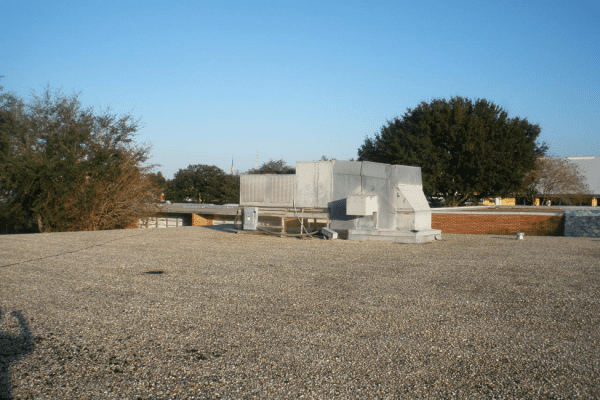When Danielle Anderson’s children came home from school soaked in sweat from the heat in their classrooms, she was appalled.
But it kept happening, day after day.
“If I did that and my kids didn’t have A/C, I’d be in trouble,” Anderson told Spectrum News 9. “So I don’t understand why it’s okay for the school district to allow it.”
But allow it, they have. For more than a year, the news has been filled with reports of students and teachers being sent home from school due to heat exhaustion, classrooms emptied due to broken air conditioning systems, and thermometers measuring temps inside schools in excess of 90 degrees.
And those are only a few of the problems with Hillsborough’s school infrastructure that a new half-cent tax seeks to address.
Hillsborough School Buildings Are Not Aging Well
“Broken air conditioners, leaky roofs, lead in the drinking water–the schools are crumbling, and there is not nearly enough money to repair them or build new ones.”
That’s the Tampa Bay Times in September, in their official opinion on the topic of the new tax.
According to the same article, more than half of the county’s public schools reported problems with their air conditioning systems on the very first day of classes this year, and the problems only got worse as the semester progressed. 1,533 requests were submitted by September 28 to fix air conditioners, temporary chillers, water fountains, and water cooling units.
That’s a lot of broken infrastructure.
Additionally, many schools reported leaking roofs, plumbing problems, malfunctioning windows, bad fire alarms, and poor weatherproofing.
The problems are rooted in a billion-dollar maintenance gap due to funding slashed during the Great Recession and then never restored. Until now, citizens have not shown a will to close the gap and fix the problems it has caused.
How the Half-Cent Tax Will Address the Problem
In November, Hillsborough voters overwhelmingly approved a 10-year, half-cent sales tax to fund school repairs, as well as other construction and debt repayments.
The tax, combined with a new one-cent tax for transportation infrastructure, raises the county’s sales tax to the highest in the state, at 8.5%.
The tax is expected to generate $1.3 billion, about half of which will go to air conditioning repairs and improvements.
The bill limits the ability of private charter schools to tap the funds, reserving almost all of it for traditional public schools, and institutes an oversight committee to ensure the money is spent as intended.
Eighty-five percent of the new tax will address maintenance deficiencies and critical repairs, including HVAC systems and failing roofs, leaky plumbing, new flooring, and paint. A smaller portion will pay down mortgage debts that currently prevent spending property taxes on maintenance. Paying down those debts will free tens of millions of dollars in the regular school budget to fund maintenance and repairs after the 10-year tax bill expires.
For parents like Danielle Anderson, the repairs can’t come quickly enough. Besides creating a health hazard, overheated and badly maintained buildings disrupt learning and decrease the educational value of time spent in school.
The taxes will improve learning outcomes and protect taxpayer’s investments by improving the lifespan of existing facilities.
Here at GLE, we understand the importance of appropriate HVAC systems to the health and safety of the building occupants. Our teams are experienced in engineering the right systems and upgrades to meet current use needs in commercial, government, school, and other building types.
Contact us today to discuss your new construction or renovation project.




